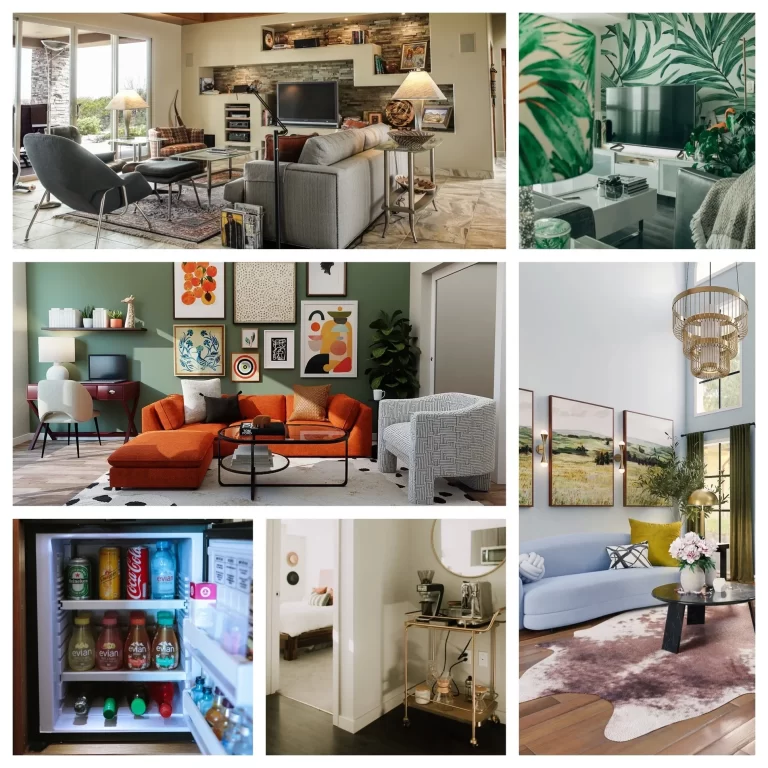Crafting a Winning Proposal: How to Pitch Your Interior Design Projects

A well-crafted proposal can be the key to securing new clients and projects. Your proposal should not only showcase your design expertise but also demonstrate your understanding of the client’s needs and goals. Here’s how to craft a winning proposal for your interior design projects:
1. Understand the Client’s Needs
Before you begin drafting your proposal, take the time to understand the client’s needs and vision for the project. Have a thorough consultation where you discuss their preferences, budget, and expectations. This will help you tailor your proposal to meet their specific requirements.
2. Outline the Project Scope
Clearly define the scope of the project, including the type of work you will be doing, the areas you’ll be focusing on, and any specific design challenges you plan to address. Include detailed descriptions of the services you’ll provide, such as space planning, furniture selection, lighting design, or customizations.
3. Provide a Realistic Timeline
Include a realistic timeline for the project, outlining the key stages such as design concept, material selection, implementation, and final reveal. Make sure the timeline aligns with the client’s expectations and is flexible enough to account for potential delays.
4. Break Down the Budget
Provide a detailed budget breakdown, including costs for materials, labor, furnishings, and other expenses. Ensure that the budget aligns with the client’s financial expectations. Be transparent about any potential additional costs and include a contingency amount to account for unexpected expenses.
5. Showcase Your Design Vision
Include visual elements that convey your design vision for the project, such as mood boards, sketches, 3D renderings, or photos of previous work. This will give the client a clear understanding of the style, aesthetics, and functionality you plan to incorporate into the space.
6. Emphasize Your Unique Selling Points
Highlight what sets you apart from other designers, whether it’s your expertise in sustainable design, ability to work within tight budgets, or your experience with a specific design style. Showcase any awards, certifications, or client testimonials that demonstrate your credibility and expertise.
7. Provide Clear Terms and Conditions
Clearly outline the terms of your agreement, including payment schedules, timelines, project scope, and any conditions for revisions or cancellations. This helps set clear expectations and prevents misunderstandings later.
8. Make the Proposal Visually Appealing
Design your proposal to reflect your design aesthetic. Use professional layouts, attractive fonts, and high-quality images to create a visually appealing document. A polished proposal reflects your attention to detail and professionalism.
Conclusion
Crafting a winning proposal involves understanding your client’s needs, presenting a clear project scope, offering realistic timelines and budgets, and showcasing your design expertise. A well-designed proposal will not only impress potential clients but also increase your chances of securing the project.






